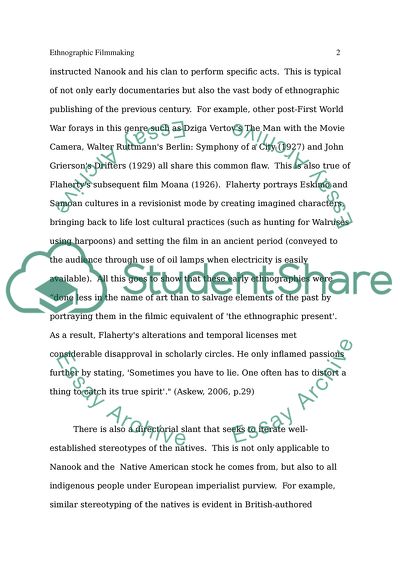Cite this document
(“The problems with traditional ethnographic filmmaking as exemplified Essay”, n.d.)
Retrieved from https://studentshare.org/visual-arts-film-studies/1405926-the-problems-with-traditional-ethnographic-filmmaking-as-exemplified-by-nanook-of-the-north
Retrieved from https://studentshare.org/visual-arts-film-studies/1405926-the-problems-with-traditional-ethnographic-filmmaking-as-exemplified-by-nanook-of-the-north
(The Problems With Traditional Ethnographic Filmmaking As Exemplified Essay)
https://studentshare.org/visual-arts-film-studies/1405926-the-problems-with-traditional-ethnographic-filmmaking-as-exemplified-by-nanook-of-the-north.
https://studentshare.org/visual-arts-film-studies/1405926-the-problems-with-traditional-ethnographic-filmmaking-as-exemplified-by-nanook-of-the-north.
“The Problems With Traditional Ethnographic Filmmaking As Exemplified Essay”, n.d. https://studentshare.org/visual-arts-film-studies/1405926-the-problems-with-traditional-ethnographic-filmmaking-as-exemplified-by-nanook-of-the-north.


